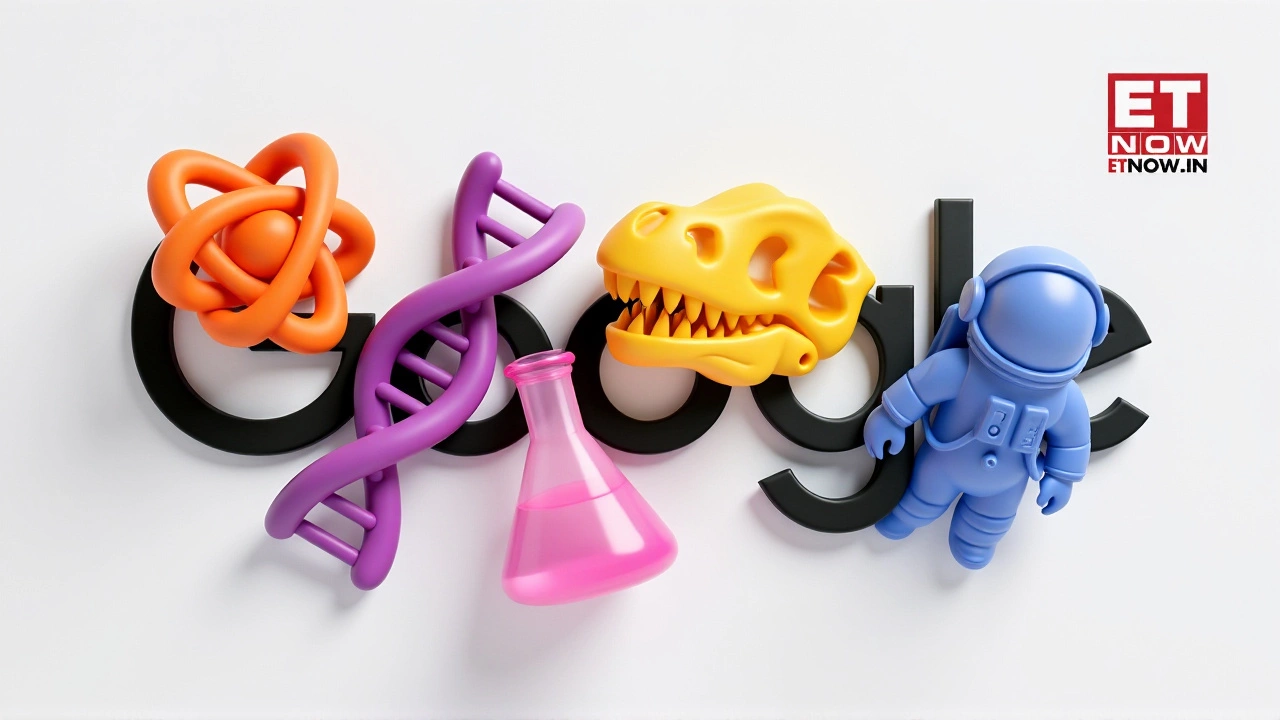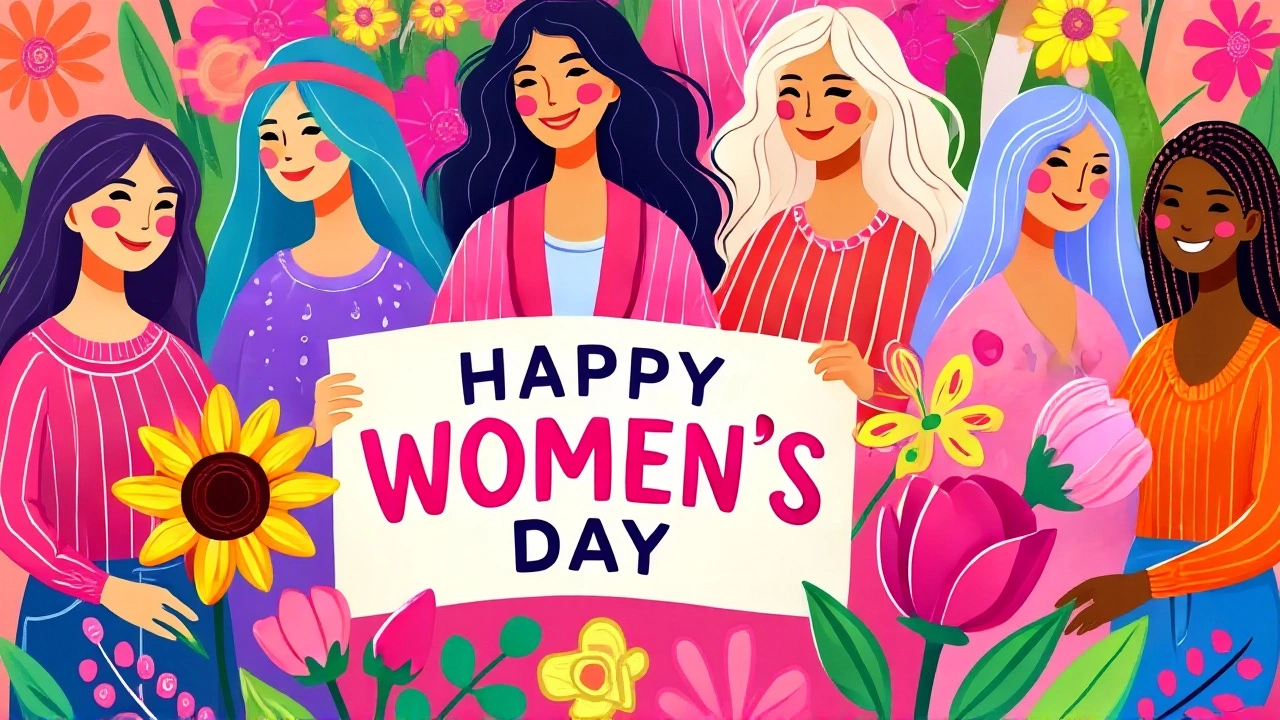On International Women's Day March 8, 2025, the world will face a stark reality: despite decades of advocacy, gender parity remains a distant horizon. Two major voices—International Women's Day (internationalwomensday.com) and the Women's International League for Peace and Freedom (WILPF)—are rallying behind the call to Accelerate Action. Meanwhile, the United Nations has issued its own, broader theme: "For ALL women and girls: Rights. Equality. Empowerment." The divergence isn’t just semantic. It reflects a global tension between grassroots urgency and institutional diplomacy—and the sobering truth that progress is slowing, not speeding up.
Two Themes, One Crisis
The World Economic Forum’s 2024 Global Gender Gap Report estimates it will take 134 years to close the gender gap at current rates. But WILPF and the International Women's Day campaign cite a far bleaker projection: 2158. That’s not a typo. That’s five generations away. The discrepancy? Different methodologies. One tracks economic participation; the other factors in unpaid care work, legal discrimination, and political representation. Both paint the same picture: we’re not just moving slowly—we’re stalled.
What makes 2025 different isn’t just the theme. It’s the anniversary. This year marks 30 years since the Beijing Declaration and Platform for Action, the landmark 1995 agreement signed by 189 nations in Beijing. Back then, leaders promised transformative change. Today, only 26% of national parliamentarians are women. One in three women still experiences violence in their lifetime. And in places like Afghanistan, where WILPF works to dismantle toxic masculinity narratives, girls are banned from secondary schools. The Beijing promises feel increasingly like relics.
Leaders Speak: From Reflection to Action
"Progress is not just about reflection," said Katy Gallagher, Australia’s Minister for Women, echoing the theme "March Forward." "It’s about taking decisive, bold steps to turn our commitments into action. This is our moment." Her words carry weight—not just because she’s a policymaker, but because Australia’s gender pay gap remains at 13.8%, and women still do nearly 70% of unpaid care work.
At the United Nations, Secretary-General António Guterres declared gender equality "non-negotiable" in January 2025. "We must fight inequalities by expanding opportunities for women and girls," he said. His urgency isn’t rhetorical. The UN’s Pact for the Future, adopted in September 2024, explicitly ties gender equality to every Sustainable Development Goal. Without it, none are achievable.
Meanwhile, Gloria Steinem, the 90-year-old icon of the feminist movement, offered a quiet reminder: "The story of women’s struggle for equality belongs to no single feminist nor to any one organization but to the collective efforts of all who care about human rights." Her voice, still clear after six decades, underscores a truth often lost in policy speak: this isn’t a government project. It’s a human one.
The Beijing +30 Moment
On March 8, the European Union Delegation, UN Women, and the United Nations Office at Geneva will host the Intergenerational Dialogue on Beijing +30 in Geneva. It’s not a celebration. It’s a reckoning.
Young activists from Nigeria, Bangladesh, and Chile will sit beside women who signed the original Beijing Declaration. They’ll discuss the digital gender divide—where 300 million fewer women than men use the internet—and how generative AI, if left unregulated, could deepen bias in hiring, policing, and healthcare. The European External Action Service warns these crises are "escalating," not isolated.
And yet, there’s hope in the details. In Rwanda, women now hold 61% of parliamentary seats. In Iceland, companies with over 25 employees must prove they pay equally. These aren’t miracles. They’re policy choices.

What’s Next? The Call to Choose
The International Women's Day campaign, identified by reference number 20709, urges everyone: "Choose to mark IWD in whatever manner they deem most relevant, engaging, and impactful." That’s the power here. It’s not about waiting for governments. It’s about what you do tomorrow.
Will you call out pay disparities at your workplace? Support women-owned businesses? Demand better data on gender-based violence? Educate boys about consent? The tools are there. The resources are free. The only missing ingredient is collective will.
Because here’s the thing: the math doesn’t lie. If we keep going at this pace, girls born today won’t see true equality in their lifetimes. Not even their daughters’. But if we accelerate—really accelerate—2025 could be the year the tide turns.
Frequently Asked Questions
Why are there two different themes for International Women's Day 2025?
Different organizations set their own themes based on their mission. The United Nations uses a broad, inclusive theme to align with global policy goals, while WILPF and the International Women's Day website focus on urgency and action. "Accelerate Action" is a call to disrupt the status quo; "For ALL women and girls" is a rights-based framework. Both are valid—and necessary.
How does the Beijing Declaration still matter today?
The 1995 Beijing Declaration was the most comprehensive global plan for gender equality ever adopted. It set benchmarks in education, health, economic participation, and political power. Today, it’s the legal and moral foundation for advocacy in over 180 countries. Without it, there’d be no UN Women, no gender-responsive budgeting, and no global accountability mechanisms. It’s the blueprint we’ve largely ignored.
What role does AI play in gender inequality in 2025?
Generative AI systems trained on biased data are already reproducing gender stereotypes in hiring tools, medical diagnostics, and law enforcement algorithms. Women, especially women of color, face higher error rates in AI-powered health screening. Without regulation, AI could erase decades of progress by automating discrimination. The UN and EU are pushing for gender impact assessments before AI deployment—a crucial step.
Why does it take so long to close the gender pay gap?
It’s not just about wages. It’s about who does unpaid care work—mostly women—and who gets promoted. Women hold 39% of global jobs but 50% of unpaid labor. They’re underrepresented in leadership, face bias in performance reviews, and often leave careers due to caregiving demands. Closing the gap requires systemic change: paid parental leave, affordable childcare, and transparent pay audits—not just equal pay laws.
Can individual actions really make a difference?
Absolutely. In 2023, over 2 million people worldwide used the International Women's Day toolkit to organize local actions—from school workshops to corporate audits. One teacher in Kenya started a girls’ STEM club; now 87% of her students plan to enter tech careers. Change doesn’t always come from parliaments. Sometimes, it starts with a conversation.
What’s the biggest obstacle to gender equality today?
The biggest obstacle isn’t lack of data or funding—it’s complacency. Many believe gender equality is "mostly solved" because some women have made it to the top. But that’s not equality—it’s exception. True equality means every girl in Yemen can go to school, every woman in El Salvador can access abortion care, and every mother in India can earn the same as her male colleague. That requires dismantling systems, not just celebrating outliers.
